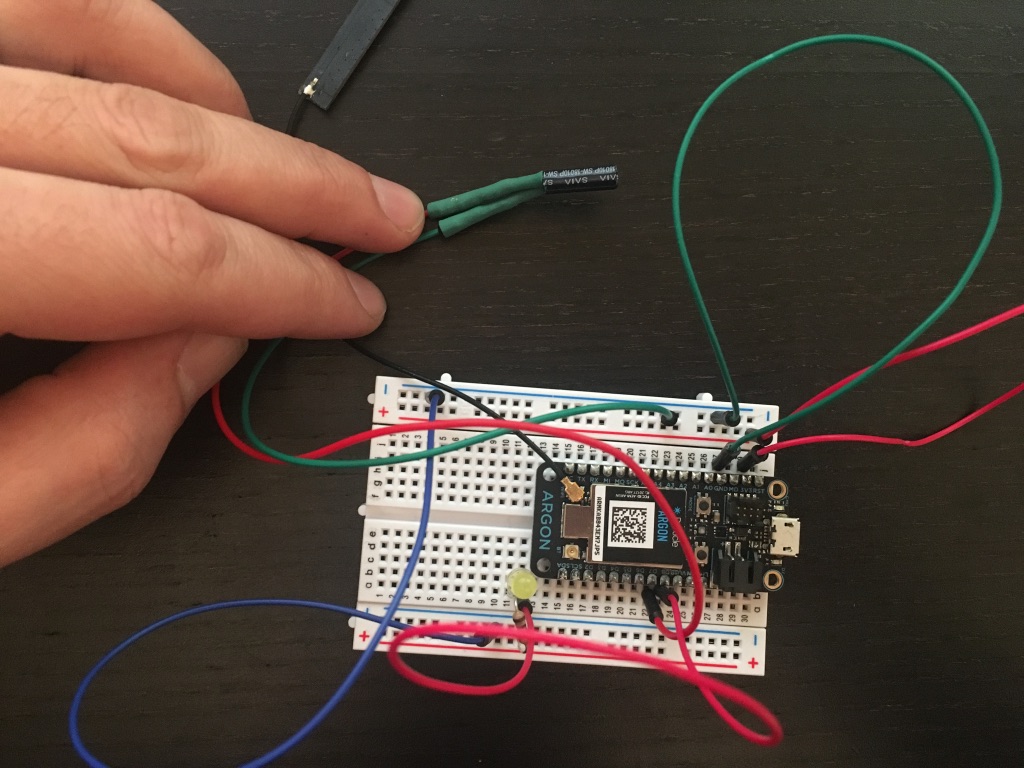Process
I designed the prototype using the techniques we learned in class.
1. I determined which sensors would be needed to collect data on machine usage.
2. At first, I planned to use an accelerometer, as it has the ability to detect movement in any direction.
3. I researched on sparkFun to find examples of code.
4. After building the circuits and writing the code, I needed to get a visual readout of the data being provided by the accelerometer, as it is not a simple on/off, but rather, a continuous stream of changing data.
5. With some help from Daragh and Robert, I was able to troubleshoot the serial monitor connection and get a visual readout of data from the accelerometer.
6. Unfortunately, the data provided was not precise enough to be used for this purpose - the readout fluctuated, and when testing it on a (vibrating) in-use washing machine, the readout offered very little difference than standalone "not-in-use" data, so I needed to re-think the sensor usage and go back to the drawing board.
7. Luckily, a fast-vibration sensor proved to be not only easier to wire, and code, but also more accurate for this particular use-case.
8. After adding a simple LED light as an indicator for the vibration sensor, I added particle.publish to the code to push the use data to the web
Original Code for Accelerometer:

Final code for vibration sensor:

Circuits

